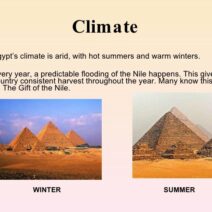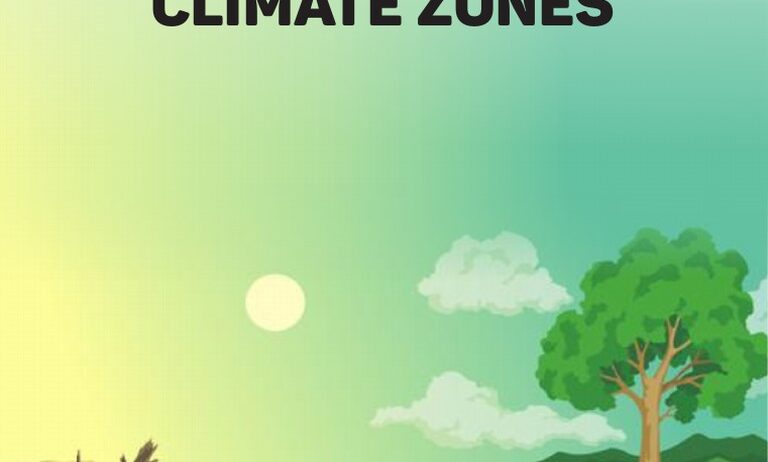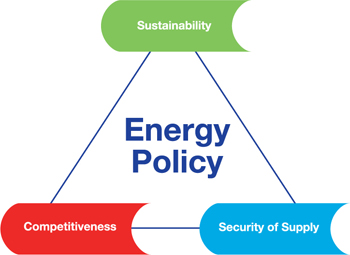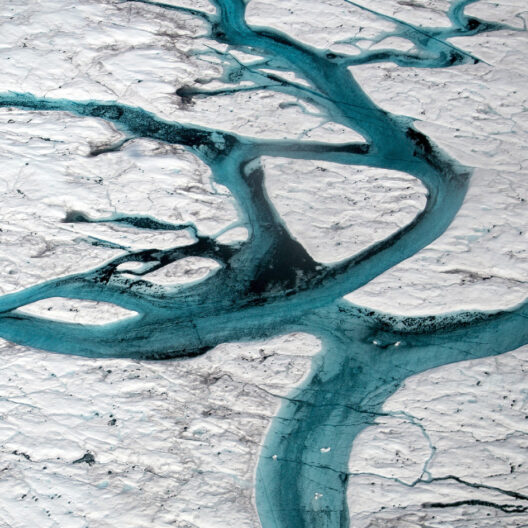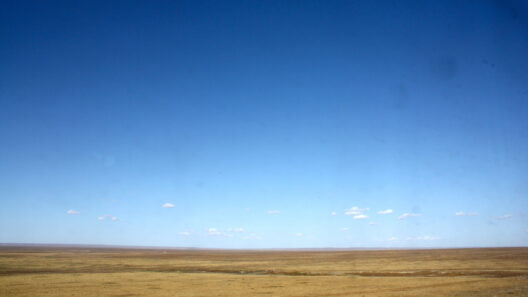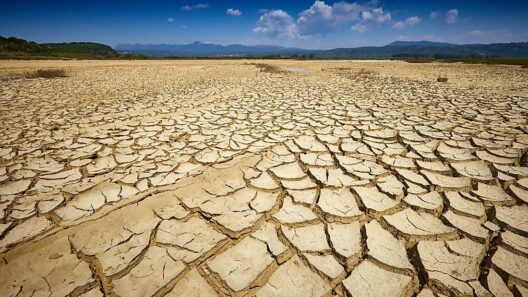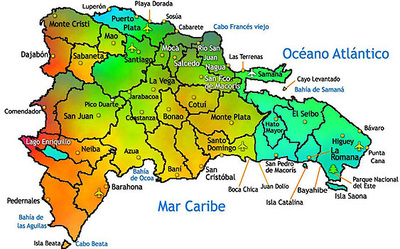Climate is an intricate tapestry of various elements intertwined with the Earth’s geography, atmospheric conditions, and biological diversity. Understanding the nuances of climate zones is essential in comprehending global climate change and its implications for our future. So, what are the three major climate zones from a global perspective? And how do they interact with each other in this ever-changing world? Let’s delve into this exploration.
At the core of climate categorization, we find three predominant climate zones: tropical, temperate, and polar. Each zone embodies distinct climatic characteristics that shape the ecosystems, human lifestyles, and even economic activities within its realm. This classification provides an overarching view, allowing us to appreciate the diversity and complexity of global climates.
The tropical climate zone is characterized by warmth and high humidity, with minimal temperature variations throughout the year. Occupying regions around the equator, it showcases lush biodiversity, vibrant ecosystems, and abundant rainfall. Does the thought of endless summers excite you, or do the images of humidity and heavy rainfall make you squirm? Regardless, the tropics are not merely a paradise; they bear the brunt of climate change, facing erratic weather patterns, deforestation, and rising sea levels.
The Tropical Rainforest climate, represented by the Amazon Basin and the Congo Basin, epitomizes the splendor of the tropics. These rainforests function as vital carbon sinks, helping to mitigate climate change by absorbing CO2. However, human activities such as logging and agriculture threaten their existence. In stark contrast, the Tropical Savanna climate, found in parts of Africa and Asia, is characterized by distinct wet and dry seasons. While this climatic phenomenon supports grazing and agriculture, it also raises concerns over water scarcity and drought resilience.
Transitioning from the tropics, we encounter the temperate climate zone. Marked by four distinct seasons—spring, summer, autumn, and winter—this zone extends from the tropics to the polar regions. Do you relish the changing seasons, or do you prefer the steadiness of constant weather? Within the temperate climate zone, two noteworthy subtypes emerge: the Mediterranean and the Continental climates.
The Mediterranean climate is known for its dry summers and wet winters, providing an ideal environment for agriculture. This climate supports the growth of vineyards, olive groves, and citrus orchards. However, increasing temperatures and prolonged droughts challenge agricultural productivity. On the other hand, the Continental climate varies more significantly, experiencing hot summers and cold winters. This variation affects ecosystem dynamics and complicates agricultural practices, leading to a need for adaptive strategies in crop selection and cultivation methods.
As we approach the polar climate zone, a striking change in environment and temperature emerges. Located at the fringes of the Earth, this zone comprises the Polar Desert and the Tundra climates. With frigid temperatures, harsh winds, and minimal precipitation, these regions present challenges for flora and fauna alike. How does life endure in such extreme conditions? The adaptability of species in these zones is a testament to nature’s resilience.
The Polar Desert, exemplified by areas like Antarctica, is a vast expanse of ice and snow with scarce life forms, primarily reliant on the ocean for sustenance. In contrast, the Tundra climate, noted for its permafrost, supports unique ecosystems rich in biodiversity during the brief summer months. However, climate change poses existential threats to these environments, including melting glaciers and shifts in species distributions.
As we compile our understanding of these three major climate zones, it is crucial to acknowledge their interconnectedness. The interactions among these climates create a dynamic world, where changes in one zone reverberate through others. For instance, the melting ice caps in the polar regions contribute to rising sea levels, directly impacting tropical islands and coastal temperate regions. Furthermore, climatic shifts instigated by anthropogenic factors can exacerbate natural disasters, leading to droughts, floods, and hurricanes, further intertwining human experiences with climatic realities.
Emphasizing the importance of education regarding climate zones is paramount. Engaging with this knowledge encourages advocacy and action against climate change. Individuals must ponder: How will our actions today influence these climate zones tomorrow? What legacy do we intend to leave for future generations?
In conclusion, the three major climate zones—tropical, temperate, and polar—each offer a unique narrative woven into the larger fabric of Earth’s climate system. They command attention not only for their distinct characteristics but also for the complex interplay of influences each zone exerts on others. As stewards of our planet, it is our collective responsibility to safeguard these invaluable ecosystems for years to come. Engaging with climate knowledge is the first step in fostering a sustainable future.


